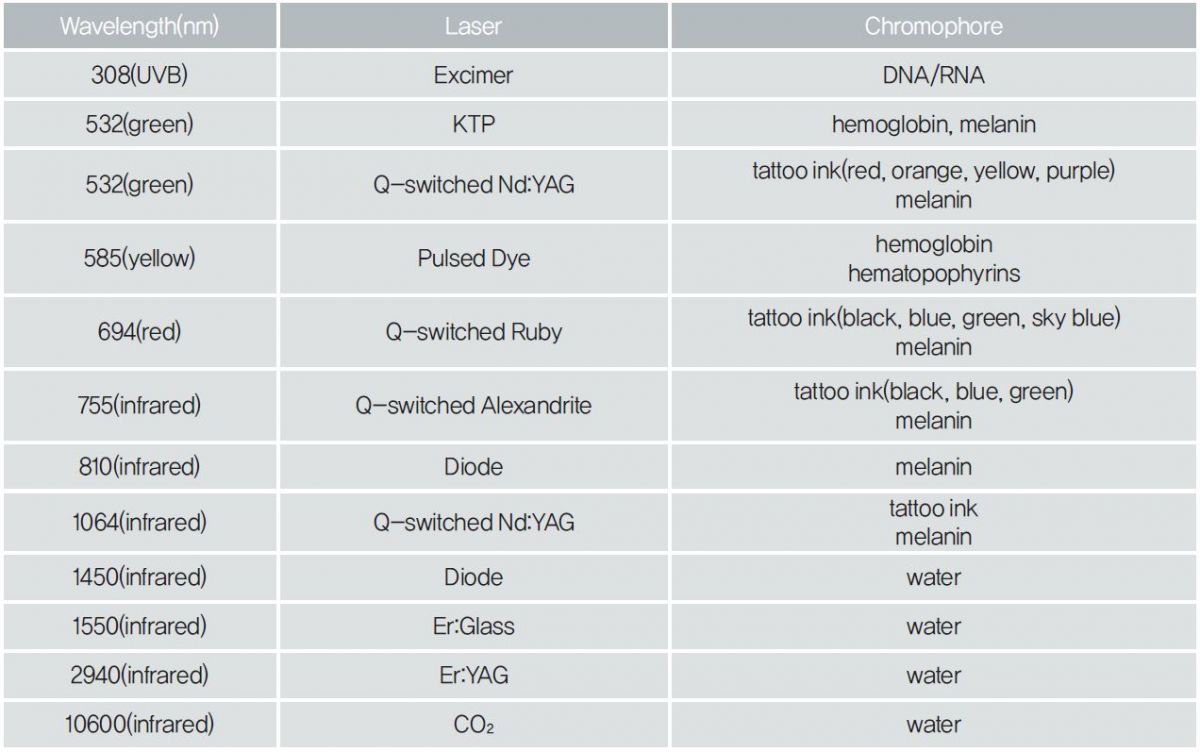
▶ Previous Artlcle : #19-2. The Composition, Principles, and Types of Lasers
① Wavelengths: The longer the wavelength, the lower the scattering rate of the light within the tissue and the deeper the penetration depth.
② Power: The higher the power, the more photons penetrate into the tissue, so even if the penetrating photons are scattered, many other unscattered photons penetrate deeply.
③ Spot size: The larger the spot size, the higher the energy density. Many photons can penetrate into the tissue because of the higher energy density, and many unscattered photons can penetrate deeply.
.jpg)
[Advertisement] FCR® (Fractional Prickle CoralCalcium Regentron) – Manufacturer: (www.illglobal.com)]
④ Pulse duration: The longer the laser irradiation time, the higher the energy and the deeper the penetration depth.
When laser is irradiated to the tissue, an interaction occurs between the photons of the irradiated laser and the tissue, which is called tissue optics or laser tissue interaction.
Basic Principles of Laser
Laser tissue interactions include reflection, scattering, absorption, and transmission, and the absorption plays the most important role in the therapeutic effect on the lesion.
There is a tissue that is well absorbed by laser wavelengths, which is called a chromophore.
Some representative chromophores are melanin, hemoglobin, protein, water, and tattoo ink.
Thermal relaxation time (TRT) refers to the time it takes for the temperature of the tissue to rise by the photothermal reaction after laser irradiation and to fall below 50% and more while the raised temperature of the tissue is diffused to the surroundings.
The TRT ids different from the size and type of the chromophores.
Figure 3. Chromophore according to wavelength of Laser.




















